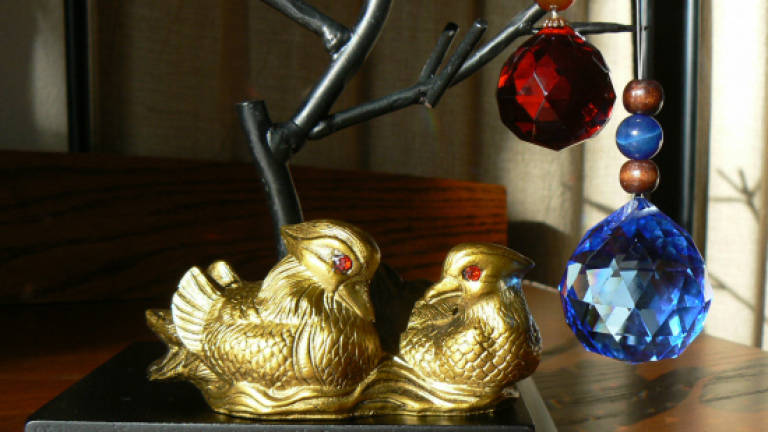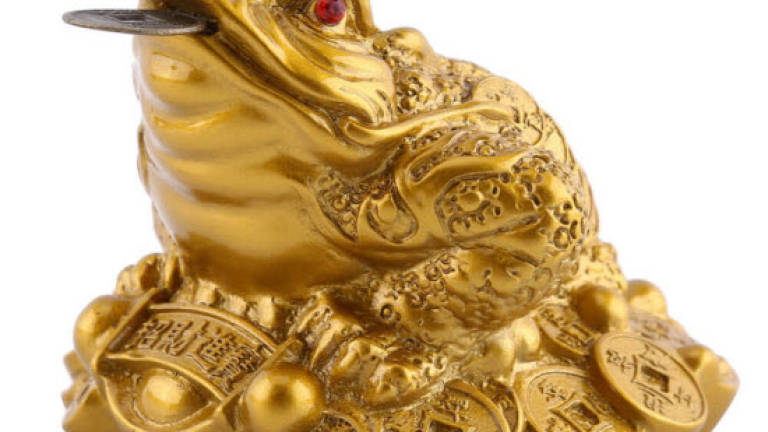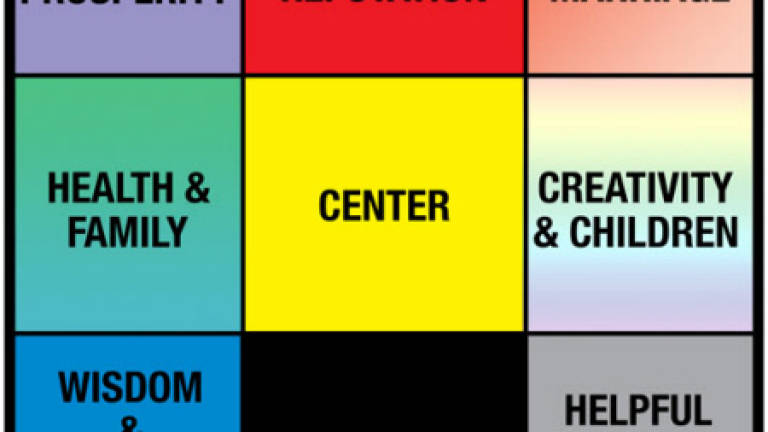Classical Feng Shui - Feng shui made easy



I HAVE had a number of American and European clients over the years. I think the primary reason is because I speak English, and they feel comfortable communicating with me.
It took me a little while before I realised that these clients generally have greater expectations. Let me explain.
In a typical consultation, I would provide an assessment of certain aspects – such as the luck of the property based on its period (according to the Flying Stars school of feng shui), the surrounding land forms, the compatibility between the house facing direction and the natal chart of the occupants, and so on.
I would then give my recommendations for the optimal location and orientation of the main door, stove and bedrooms, and to ensure that the house receives enough natural lighting and is properly ventilated.
Usually, a water feature for wealth luck, positive energy, or other benefits, is also included.
Then I would also provide the best dates for the occupants to move in to the house.
At this stage, I feel that my job is done. However, I could see in their faces that they expected more.
Here are some of the typical questions I get asked:
► Should I paint the wall in the South sector red?
► Should I put a pair of Mandarin ducks in the Southwest corner for better romance?
► Where should I hang this painting of koi fishes?
► What should I put in the North sector to enhance my career luck?
If you examine their questions, you will realise that they are inspired by the Eight Life Aspiration method, which is also known as ‘western feng shui’.
This method was devised by internationally-renowned professor Lin Yun during the 1980s.
Lin is also a Tibetan Buddhist monk, and he founded a new form of feng shui, and introduced it to the western world.
Lin initially taught a traditional system of feng shui when he first arrived in the United States, but soon found that to be difficult for a western audience to understand.
He then came out with a modified system based on the bagua, and called it Tibetan Black Hat Feng Shui.
In his system, he assigned aspirations to each sector of the bagua. For example, the South sector is Fame, the North is Career, the Southwest is Romance, and so on.
Feng shui, as we know it, is not a religious practice. However, when Lin linked Tibetan Buddhism to feng shui, it became perceived in the West as a religious practice, even up to today.
This system became highly popular, and eventually evolved into other variations which are also popular in the West.
Most of these western feng shui systems use colours and symbols of good fortune, such as the familiar frog with the coin in its mouth, intended to bring wealth.
Also, they try to increase one’s fame by painting the South wall red; or placing a pair of Mandarin ducks in the Southwest sector for romance.
However, western feng shui is not ‘authentic’ feng shui. Unlike classical feng shui that has evolved over thousands of years, western feng shui has had a very short history.
I would also like to highlight that the Western Eight Life Aspiration method is not the same as the Eight House or Eight Mansions system that was developed in the Tang dynasty.
So this is what happens now whenever I have a western client.
After doing all that I would do with my local clients, I will ask them if they have brought along any symbols of good fortune.
If they have, I will advise them on the optimal location to place those items in their home.
I think there is no harm done here. If I do not, they may think that I am not giving them value for money.
Henry Fong is an electronic engineer by qualification and he approaches feng shui with the same analytical and investigative approach he uses in his training. Readers can write to him at lifestyle.henryfong@thesundaily.com.